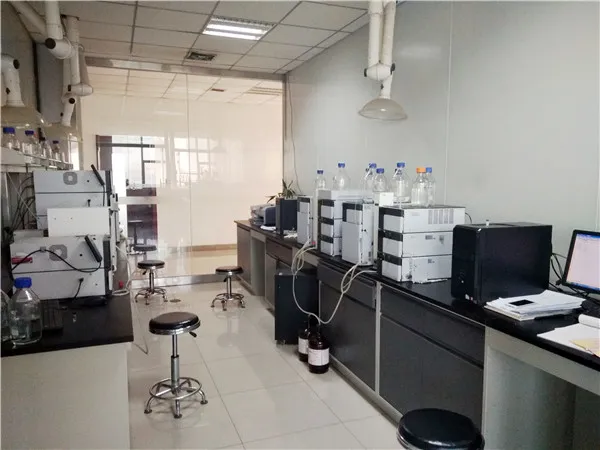Functional Fillers for Plastics Enhancing Performance and Sustainability
In the ever-evolving world of materials science, functional fillers for plastics have emerged as indispensable components that enhance the performance, sustainability, and economic viability of plastic products. As industries seek to optimize material properties while reducing their environmental footprint, the role of fillers becomes increasingly significant. This article explores the various types of functional fillers, their applications, and the benefits they bring to the plastics industry.
What are Functional Fillers?
Functional fillers are materials added to polymers to improve their properties without compromising the base material's functionality. Unlike traditional fillers, which primarily serve to reduce costs and enhance bulk, functional fillers provide additional benefits such as improved mechanical strength, thermal stability, UV resistance, and enhanced biodegradability.
Types of Functional Fillers
1. Mineral Fillers Talc, calcium carbonate, and clay are common mineral fillers used in plastics. These fillers can enhance stiffness and dimensional stability while reducing production costs. For instance, calcium carbonate is often employed in polyethylene and polypropylene to improve rigidity.
2. Glass Fibers Glass fibers are used to reinforce plastics, significantly increasing their tensile strength and impact resistance. They are commonly found in automotive, construction, and electronics applications, where durability is crucial.
3. Natural Fillers With a growing emphasis on sustainability, natural fillers such as wood flour, cellulose, and kenaf fibers are gaining popularity. These renewable resources not only reduce reliance on fossil fuels but also contribute to biodegradability, making them attractive for eco-friendly products.
4. Nanomaterials Nanofillers, including carbon nanotubes and nanoclays, offer remarkable enhancements in mechanical and thermal properties. Their high surface area and unique characteristics allow for improved barrier properties and enhanced performance in demanding applications.
5. Chemical Fillers Fillers such as flame retardants and anti-static agents are used to impart specific functionalities to plastics. They are particularly beneficial in consumer electronics and automotive industries, where fire safety and static control are paramount.
functional fillers for plastics

Applications of Functional Fillers
The versatility of functional fillers allows them to be utilized across various industries
- Packaging In the packaging sector, fillers improve the barrier properties of films, ensuring that products remain fresh and protected from external factors. - Automotive The automotive industry benefits from reinforced composites that reduce vehicle weight while maintaining structural integrity, thus improving fuel efficiency. - Construction Fillers enhance the thermal insulation properties of materials, contributing to energy-efficient buildings. - Consumer Goods Many everyday products, such as household items and appliances, utilize functional fillers to balance performance and cost.
Benefits of Using Functional Fillers
1. Cost Efficiency Functional fillers can significantly reduce the amount of polymer required, lowering material costs without sacrificing quality. 2. Performance Enhancement By improving mechanical, thermal, and chemical properties, fillers enhance the overall performance of plastic products, making them suitable for a wider range of applications.
3. Environmental Impact The use of natural and biodegradable fillers supports sustainability initiatives, reducing the environmental footprint of plastic products.
4. Innovation The development of new filler technologies encourages innovation in product design and manufacturing processes.
Conclusion
As global markets increasingly prioritize sustainability and performance, the role of functional fillers in the plastics industry will continue to grow. With advancements in material science, the future holds promising potential for innovative filler technologies that not only enhance the performance of plastics but also contribute to a more sustainable and eco-friendly world. The ongoing research and development in this field will undoubtedly lead to new applications and improved products, marking a significant step forward in the evolution of plastics.

